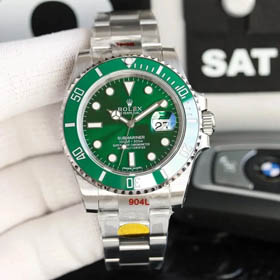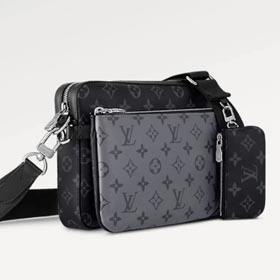The Evolution and Legacy of Burberry
Burberry, the iconic British luxury brand, was founded in 1856 by a young draper's apprentice named Thomas Burberry. The company began in Basingstoke, England, focusing on outdoor attire and pioneering innovative fabrics.
In 1879, Burberry invented gabardine, a breathable, weatherproof, and tearproof fabric that revolutionized rainwear. The material was soon adopted by explorers, aviators, and athletes. A few years later, the brand introduced its trench coat, originally designed for British Army officers during World War I.
Recognizable Patterns and Modern Identity
The brand’s distinctive check pattern, featuring camel, black, white, and red stripes, was introduced as a lining for trench coats in the 1920s. It has since become a globally recognized symbol of luxury and British heritage.
Throughout the 20th century, Burberry expanded its offerings to include accessories, fragrances, and a full ready-to-wear collection. Under the leadership of recent creative directors like Christopher Bailey and Riccardo Tisci, the brand has successfully balanced its heritage with modern and streetwear influences.
Sustainability and Digital Innovation
Today, Burberry remains committed to innovation and sustainability. The company is actively working to reduce its environmental footprint and promote ethical practices across its supply chain.
To explore some of the stunning products that encapsulate Burberry’s tradition and modern vision, you can view a detailed product spreadsheet here.
From royal warrants to global runways, Burberry stands as a timeless emblem of style, functionality, and forward-thinking design.



















